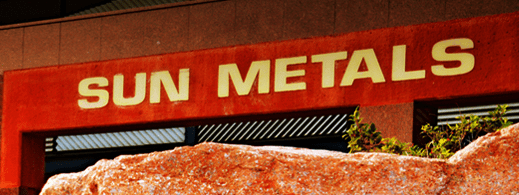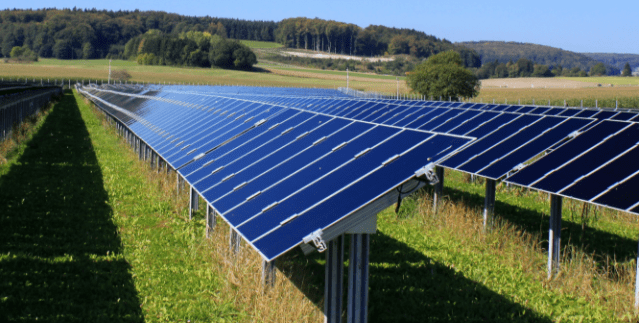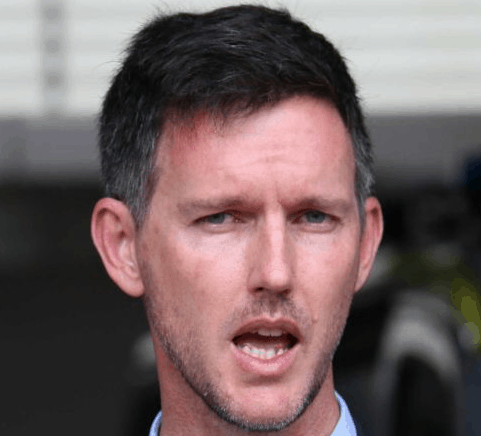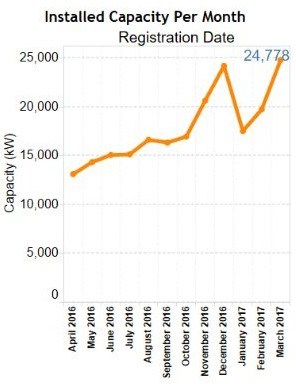Korean owned North Queensland zinc refiner Sun Metals has begun building a 125MW, $199m solar farm to underpin its refinery in Townsville. The Sun Metals solar farm will be completed next year and is another of many massive ongoing solar projects in North Queensland.
Sun Metals Solar Farm

Construction on the solar farm began in May – it’s expected to be completed early next year, and fully commissioned (providing renewable energy to the refinery) by April. The project will include 1.3 million solar panels and, according to a release by the Queensland Government, will create 210 solar powered jobs. Queensland energy minister Mark Bailey praised the project, saying “Use of renewable energy in this way not only demonstrates it as a reliable energy source for large-scale industry, but that Korea Zinc is committed to the people of North Queensland, to minimising carbon emissions and protecting the Great Barrier Reef.”
First Solar have been chosen to undertake the project. They have over 500MW in the pipeline for the next 12 months, including the Hayman and Daydream solar farms.
About Sun Metals
Sun Metals is a subsidiary of Korea Zinc – they’ve already spent around $1b on the Townsville zinc refinery and, according to the Courier Mail, the 116MW the Sun Metals solar farm provides will account for around 1/3 of their energy needs – so there’s plenty of room to expand. PV Magazine said Sun Metals produce 225,000 tonnes of zinc p.a. and that requires over 900,000 mWh of electricity.
Sun Metals CEO Yun Choi said in May that “The SMC Solar Farm investment of $199 million is the first step in Korea Zinc ensuring the long term viability of the existing refinery and also underpinning the potential for its expansion using world class new technology, with an investment decision due in late 2017,”
Jack Curtis of First Solar was quoted as saying that “This project represents the viability of the commercial and industrial solar market in Australia and the growing trend of major energy consumers owning and operating renewable energy assets.”
Whilst far from being the first example of renewable energy in resources, it’s great to see these big companies work at reducing their carbon footprint as the benefits (e.g. cost, price fluctuation protection, environmentally friendly nature) of solar becomes more and more attractive.




